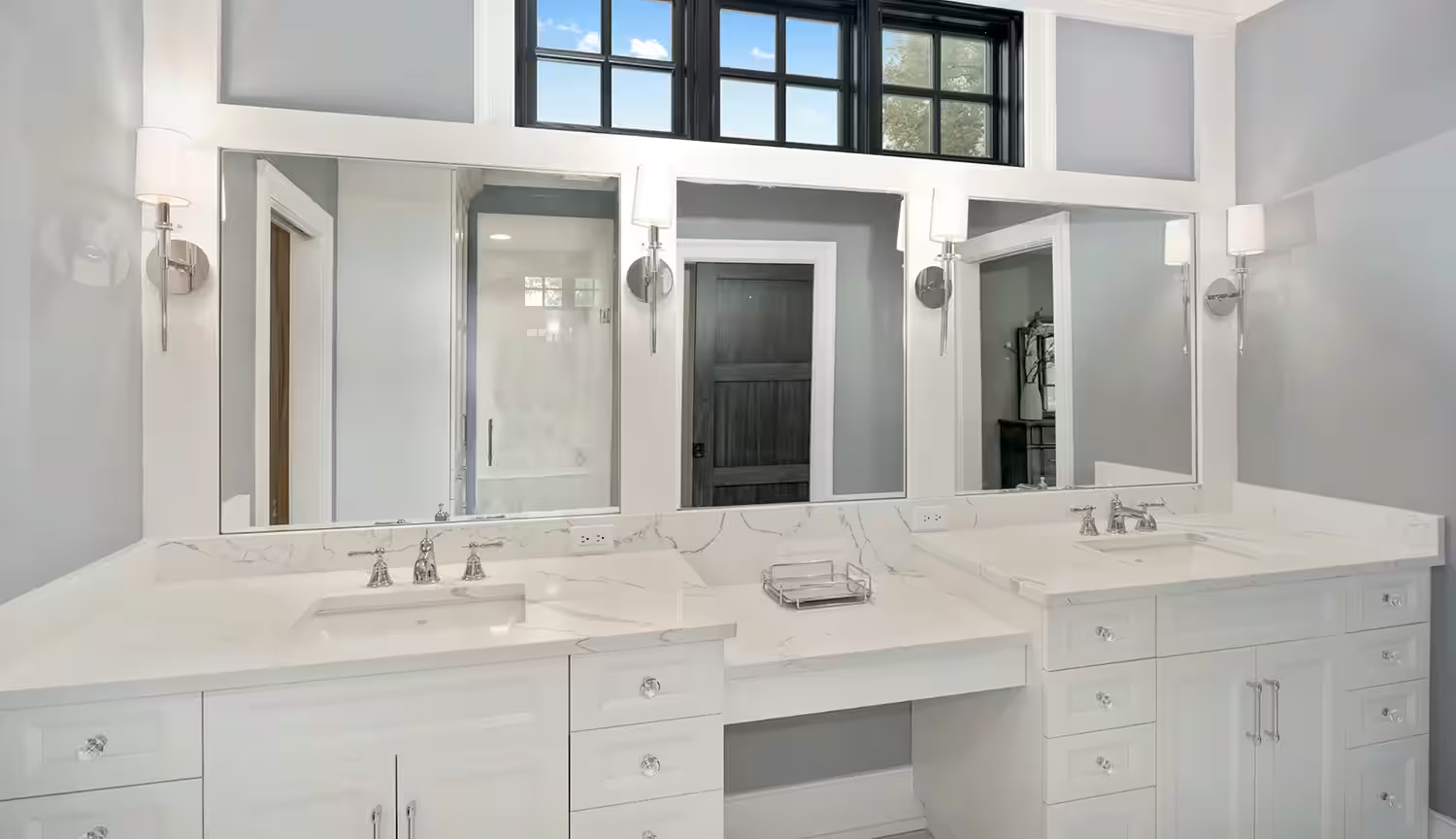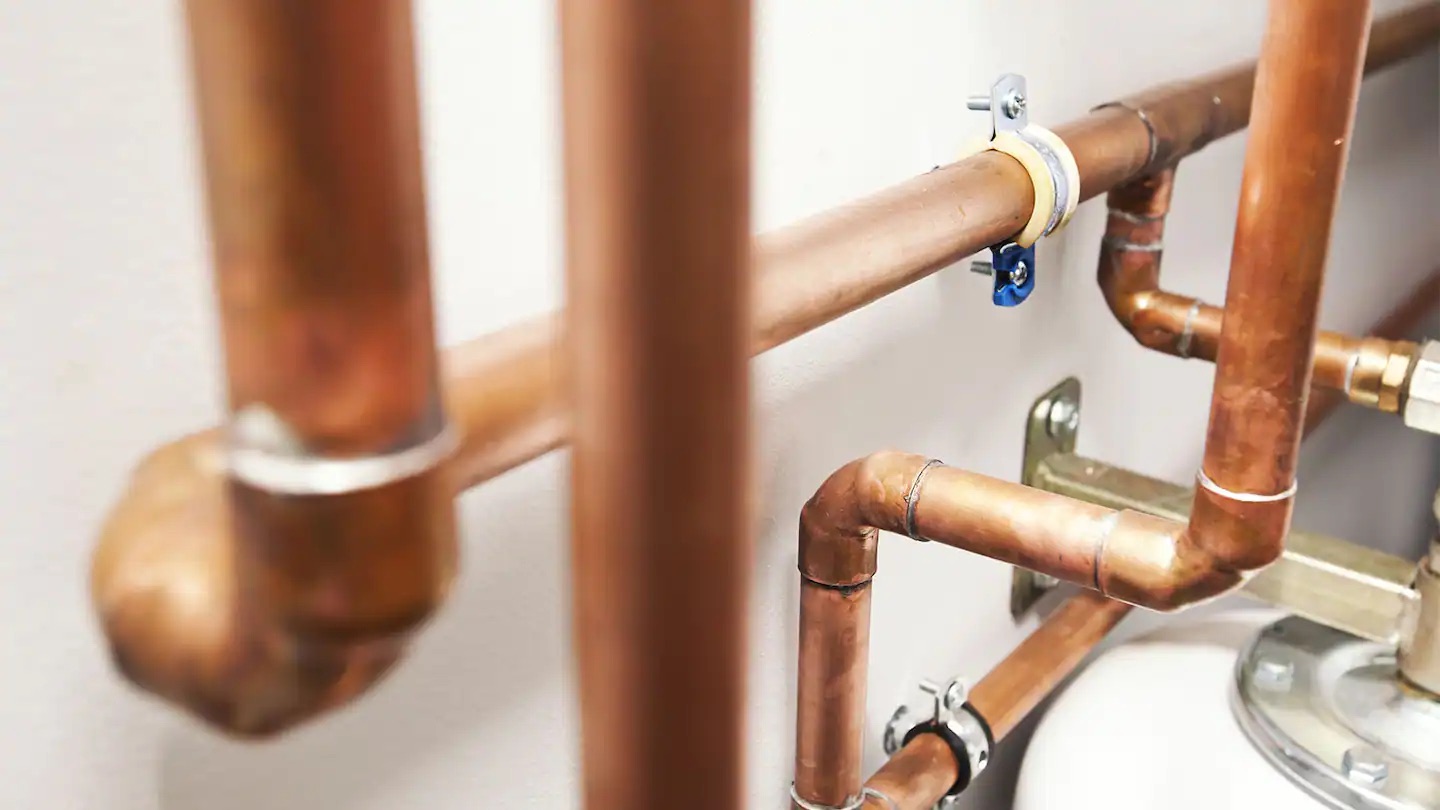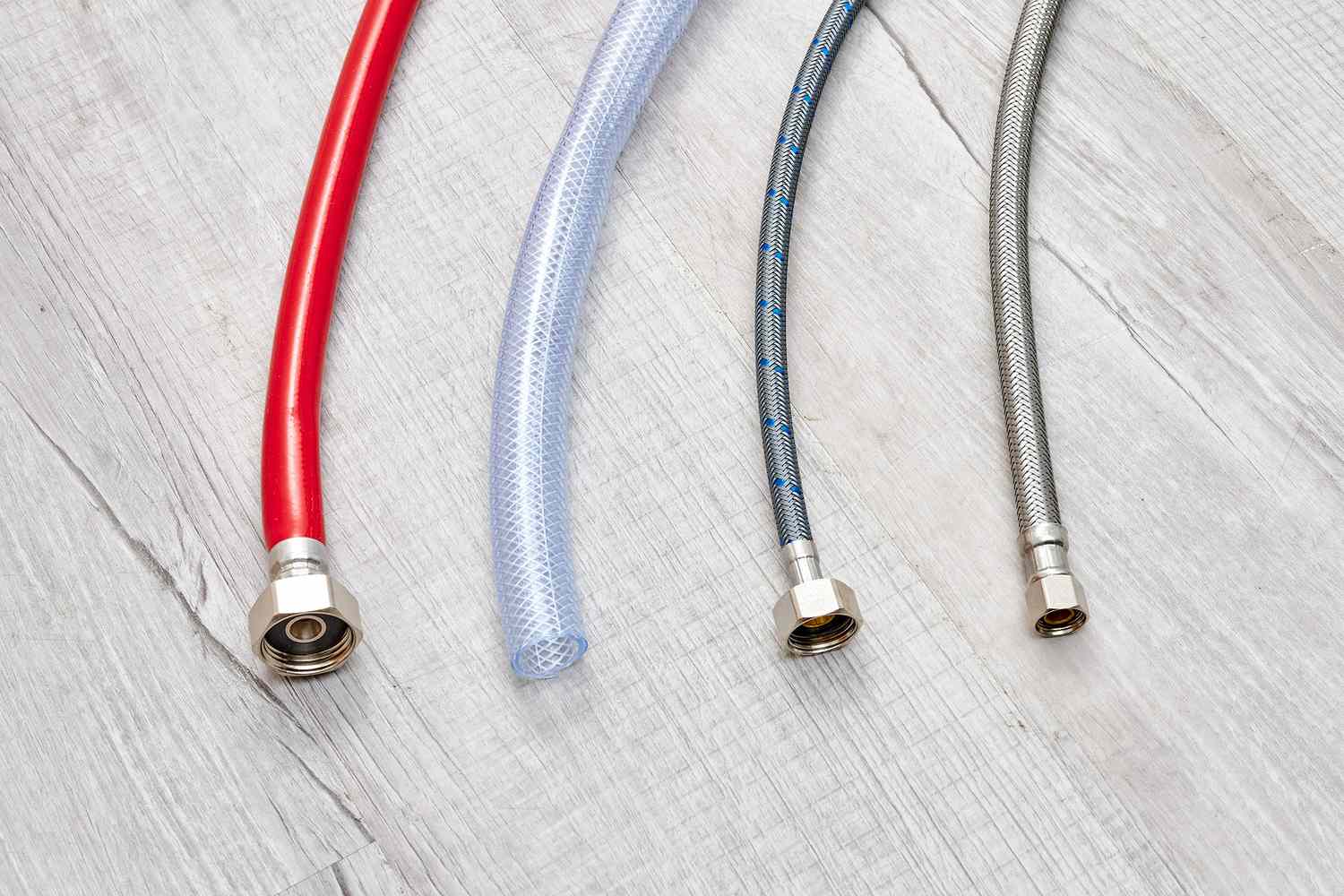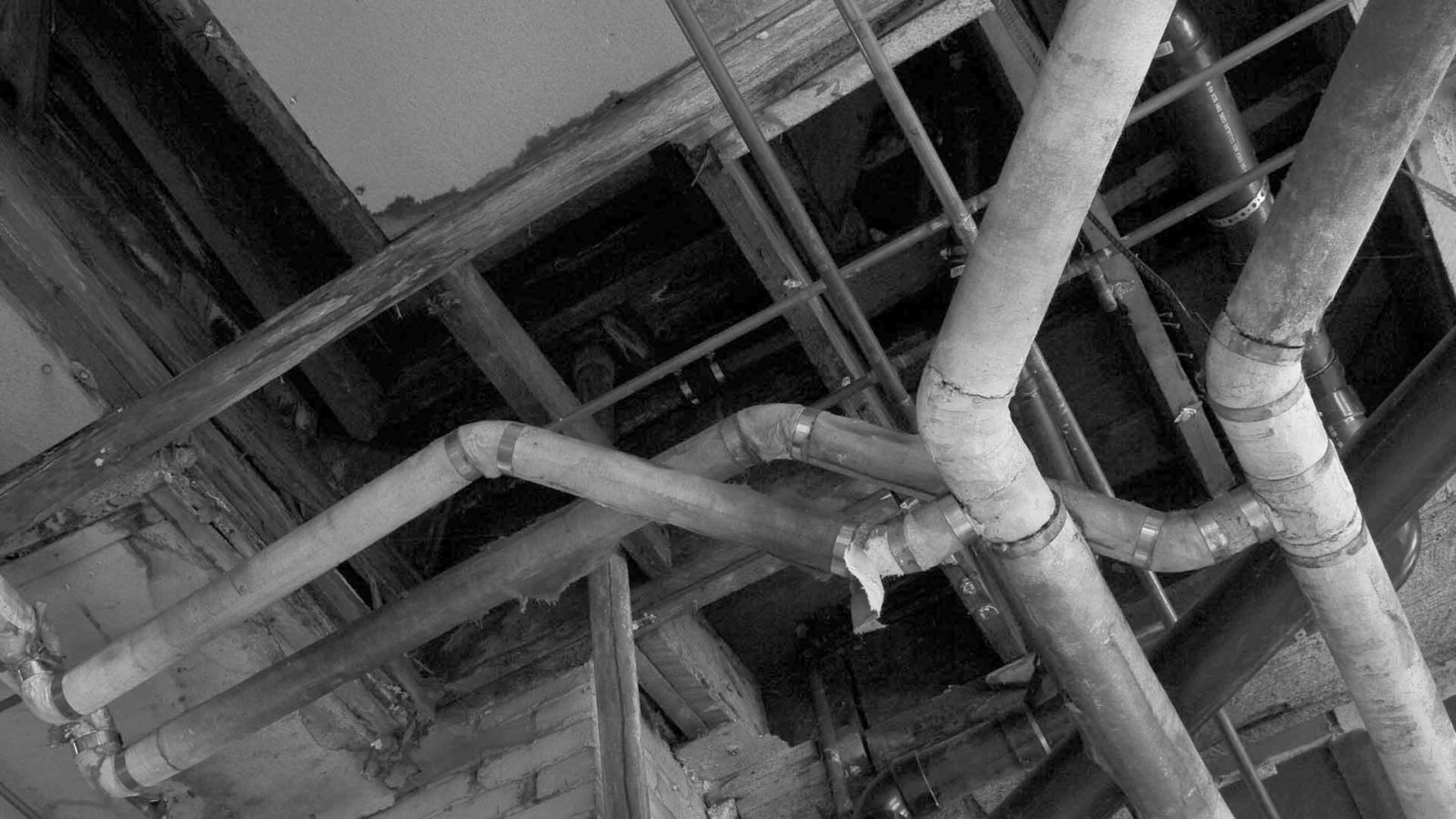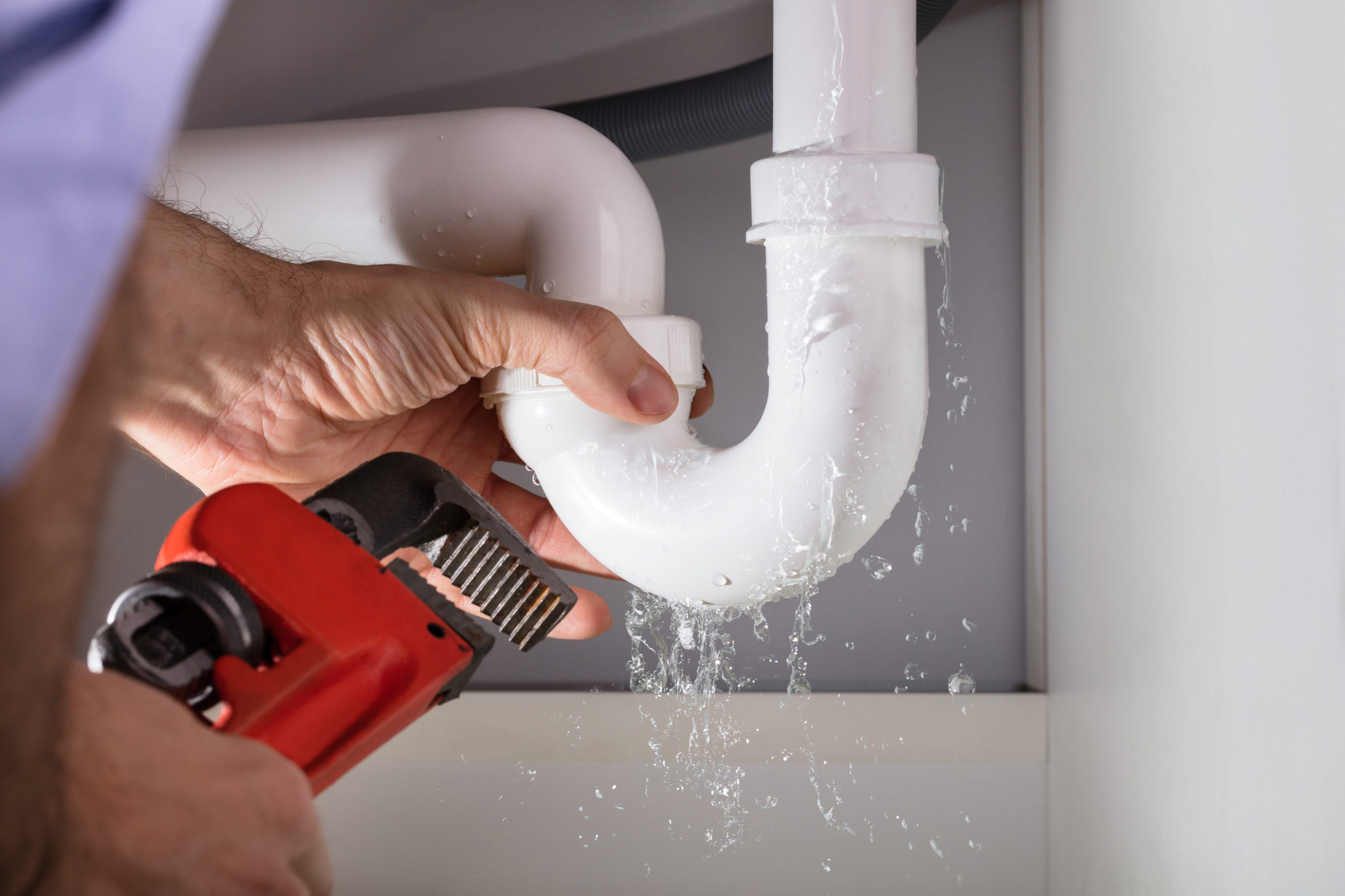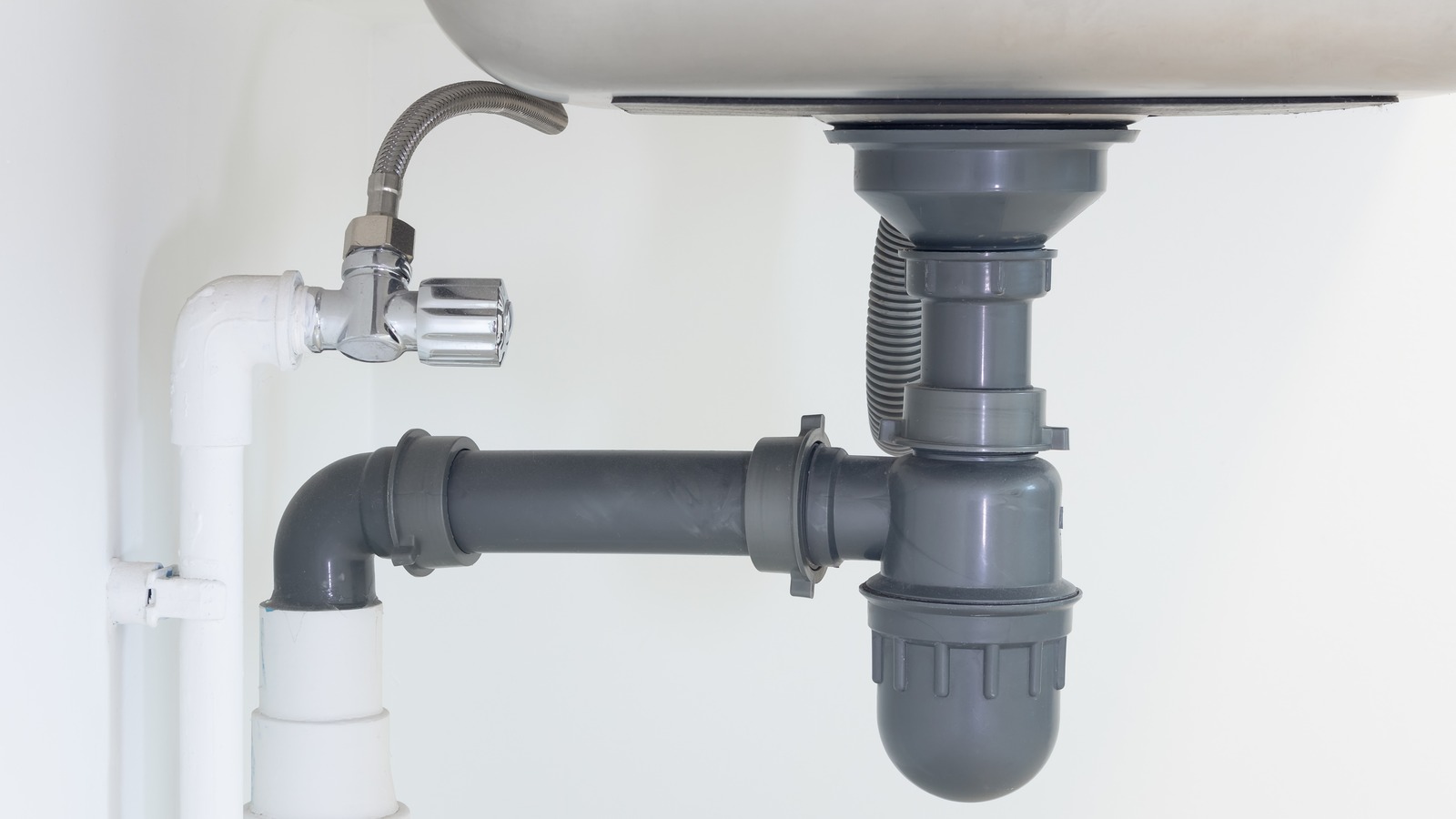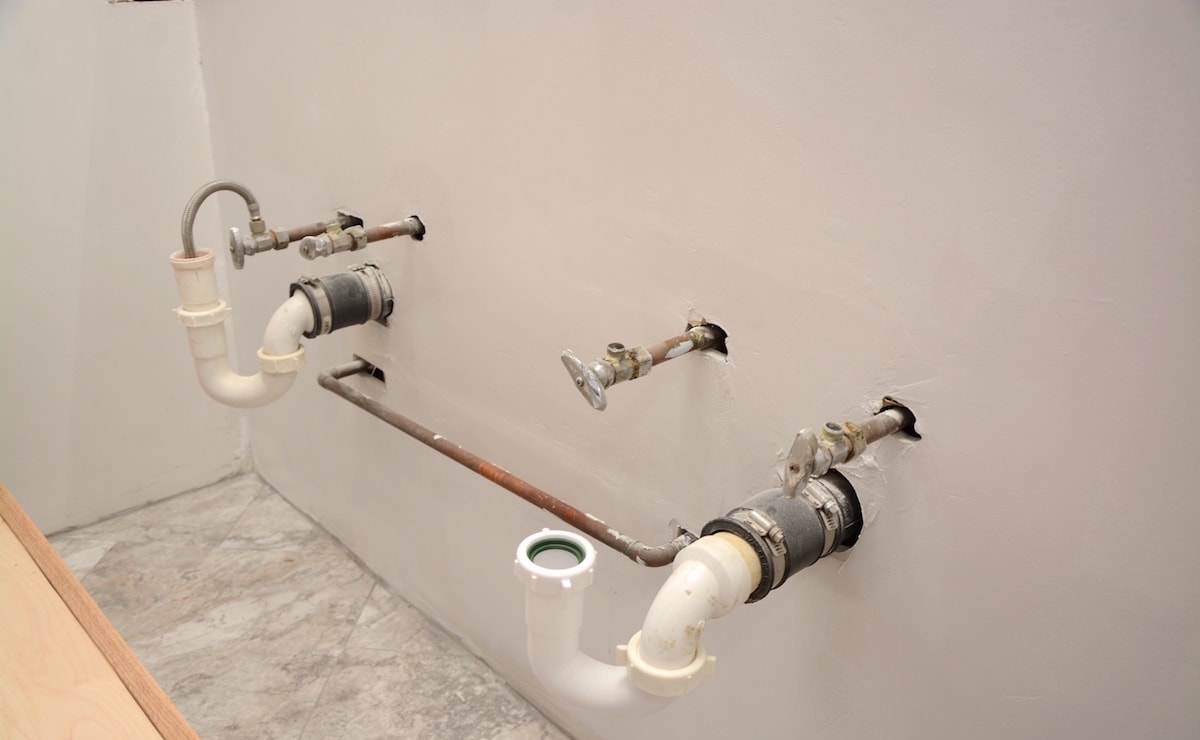Home> Costs of Plumbing Installation
Costs of Plumbing Installation: The Ultimate Guide to Prices
Discover accurate prices with our comprehensive guide on the costs of plumbing installation. We break down the essential costs for your dream home.
How Much Does It Cost To Install A Washing Machine Plumbing?
By: Benjamin Parker • Articles
